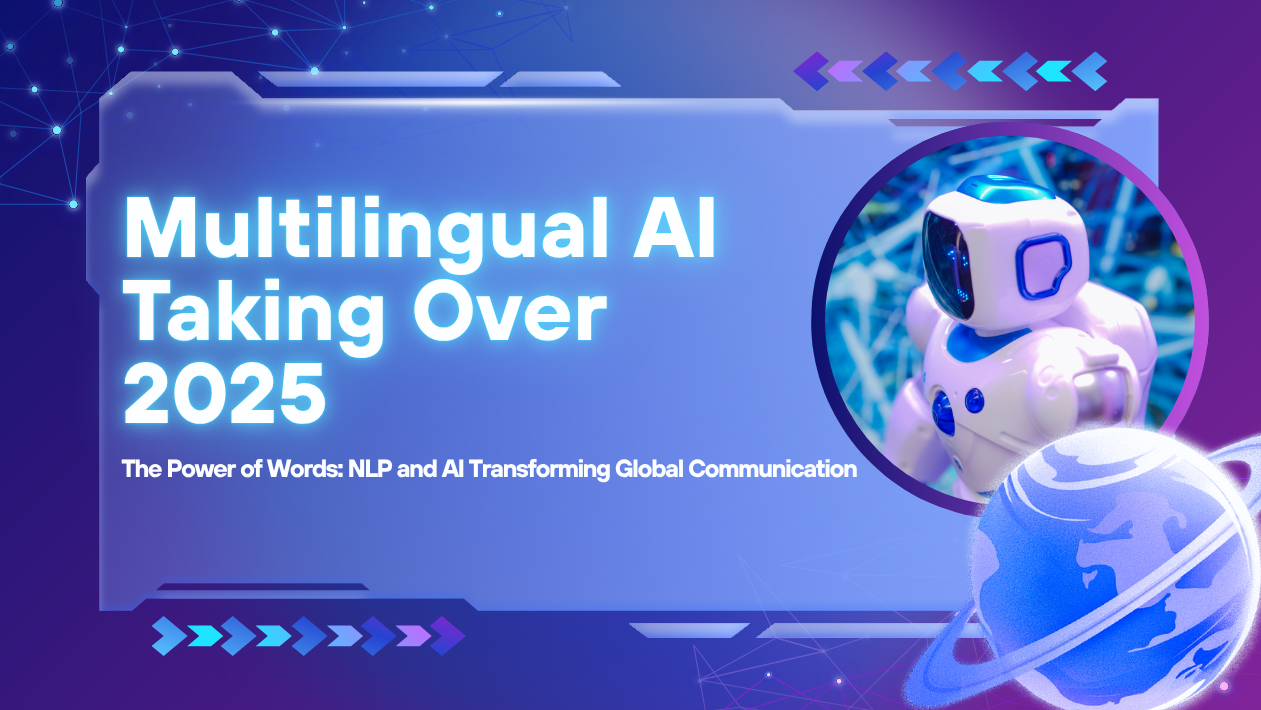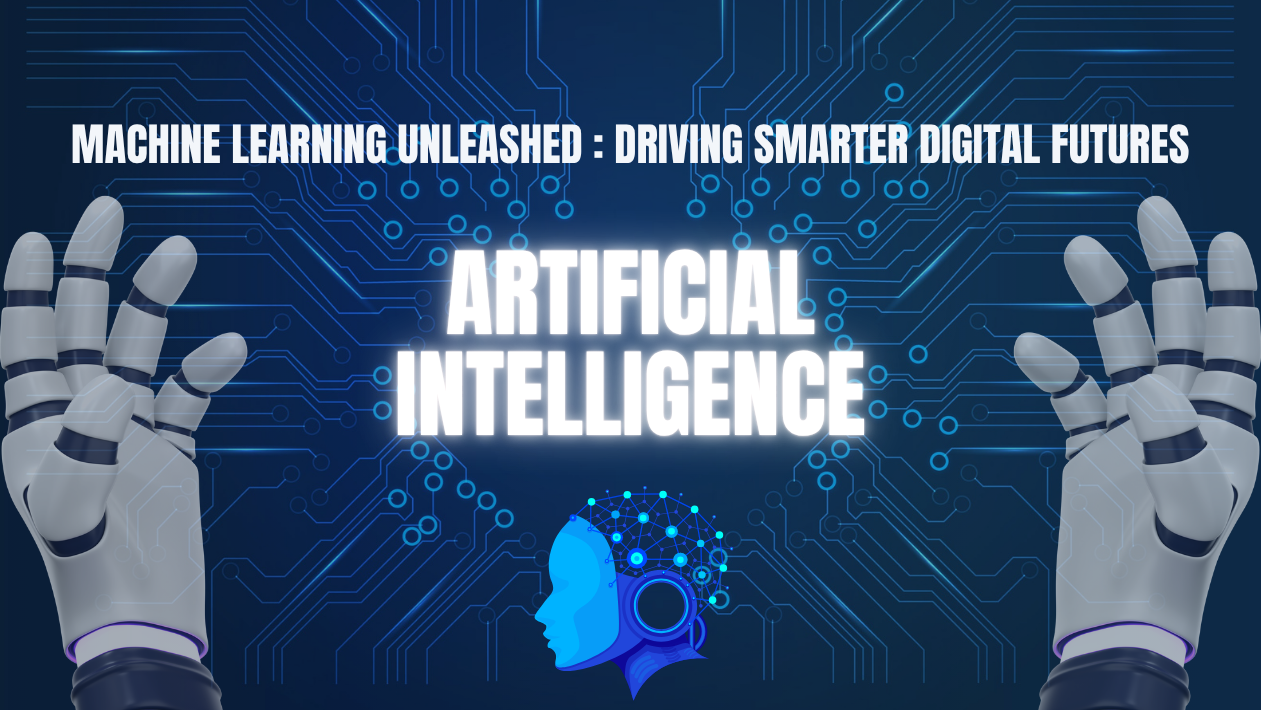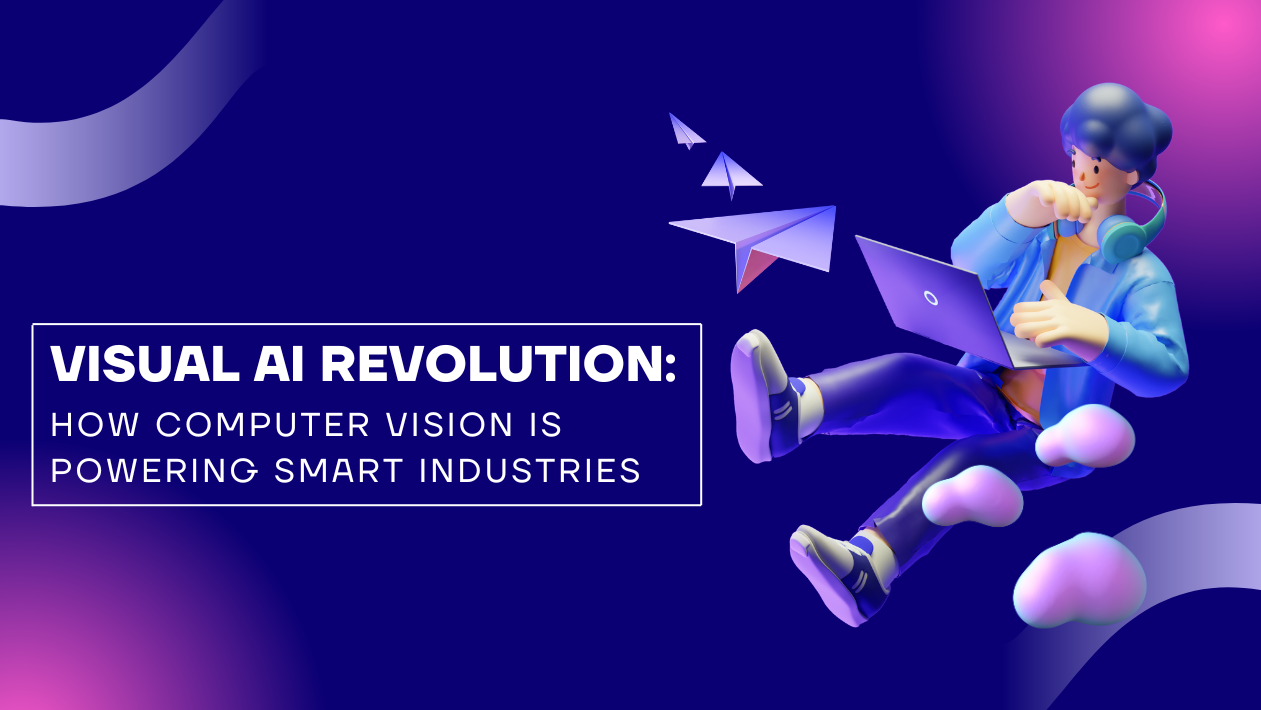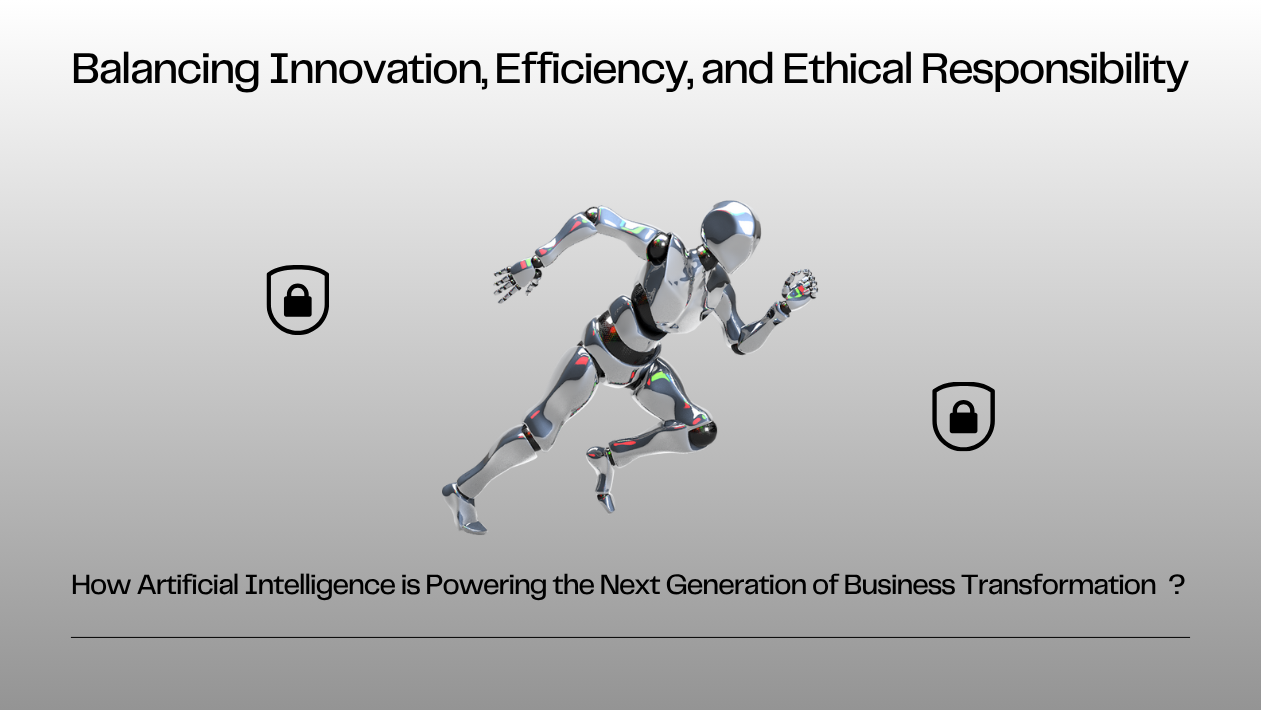Natural Language Processing (NLP) has seen exponential growth in 2025, powering smarter virtual assistants, real-time multilingual translation, and emotionally intelligent applications across industries. From healthcare chatbots to financial advisors and AI-powered content creators, NLP is bridging the gap between human language and machine understanding like never before.
Next-Gen Chatbots Become Emotionally Intelligent
With breakthroughs in affective computing and sentiment-aware models, conversational AI is becoming more humanlike. Assistants like Google’s Bard, OpenAI’s ChatGPT, and enterprise bots like Kore.ai now detect tone, stress, and emotion in user queries—delivering not just relevant answers, but empathetic interactions.
Multilingual NLP Models Break Language Barriers
Large language models trained on multilingual corpora now support seamless communication across 100+ languages. Companies like Meta, OpenAI, and Hugging Face are rolling out real-time translation systems that preserve tone, context, and cultural nuance.
This is revolutionizing global customer support, e-learning, and media localization.
Voice and Text Interfaces Converge
Voice-driven NLP systems are now embedded in smartphones, cars, appliances, and wearables, allowing users to interact with technology as naturally as they speak with friends. Speech-to-text and text-to-speech engines are becoming faster and more accurate—driven by transformer-based architectures and edge AI.
NLP in Healthcare and Finance Sees Rapid Adoption
Hospitals are using NLP to auto-generate medical notes, extract insights from clinical documents, and support diagnosis via patient dialogue analysis. In finance, NLP powers fraud detection, customer support automation, and real-time market sentiment analysis.
Generative NLP Expands Creative Capabilities
Tools like ChatGPT, Claude, Jasper, and Copy.ai are being used for automated content creation, summarization, ad generation, and even screenwriting. These models now include context awareness, style tuning, and goal-based writing capabilities—making them collaborators rather than just tools.
Regulatory & Ethical Considerations Emerge
As NLP systems grow more powerful, concerns about bias, misinformation, and data privacy are prompting new guidelines. The EU’s AI Act and similar regulations in the U.S. and Asia are pushing companies to ensure transparency, accountability, and explainability in language models.
Outlook: Human-Centric NLP to Define the Next Decade
With advancements in semantic understanding, emotional intelligence, and contextual learning, NLP is moving toward truly human-centric AI. The future promises interfaces that not only understand what we say—but what we mean, feel, and need.





